How to manage configuration in a spring boot application for multiple tenant? Is this achievable using spring config server?
1 Answers
Based on my understanding, we can use the configuration from the config server by adding tenant specific properties and loading them from a git repository or other custom location (can be identified by the classpath etc)
Please refer the section
Dynamic Tenant identification - Simple approach in the blogpost where we identify the tenant from the URL and then load the necessary configuration for the given tenant from the file. This approach is a simpler one for understanding, however in the production ready application, we will have to manage this reading process to be thread safe and cleanup to be done efficiently.
I did some exploration long back and noted down the points in the post, hope it can be of help to you.
Sample Tenant specific configuration for Tenant 1
# application-tenant1.properties
greeting.message=Hello from Tenant 1!
Sample Tenant specific configuration for Tenant 2
# application-tenant2.properties
greeting.message=Hello from Tenant 2!
Reading the settings for each tenant from the config
@RestController
public class MyAppController {
@Value("${greeting.message}")
private String greetingMessage;
@GetMapping("/greeting/{tenant}")
public String getGreetingMessage(@PathVariable String tenant) {
// Set the active profile dynamically based on the tenant
System.setProperty("spring.profiles.active", tenant);
try {
// Business logic using the tenant-specific profile
return greetingMessage;
} finally {
// Clean up the active profile to avoid affecting subsequent requests
System.clearProperty("spring.profiles.active");
}
}
}
If you wanted to have dynamic configuration to be loaded for each tenant once the tenant identification is found as part of each request via a filter or other approach, we can load the config from db and set up a tenant context similar to the authentication one and use it for each request which will be more robust and easy to scale for dynamic tenant management.
- 7,637
- 5
- 41
- 72
